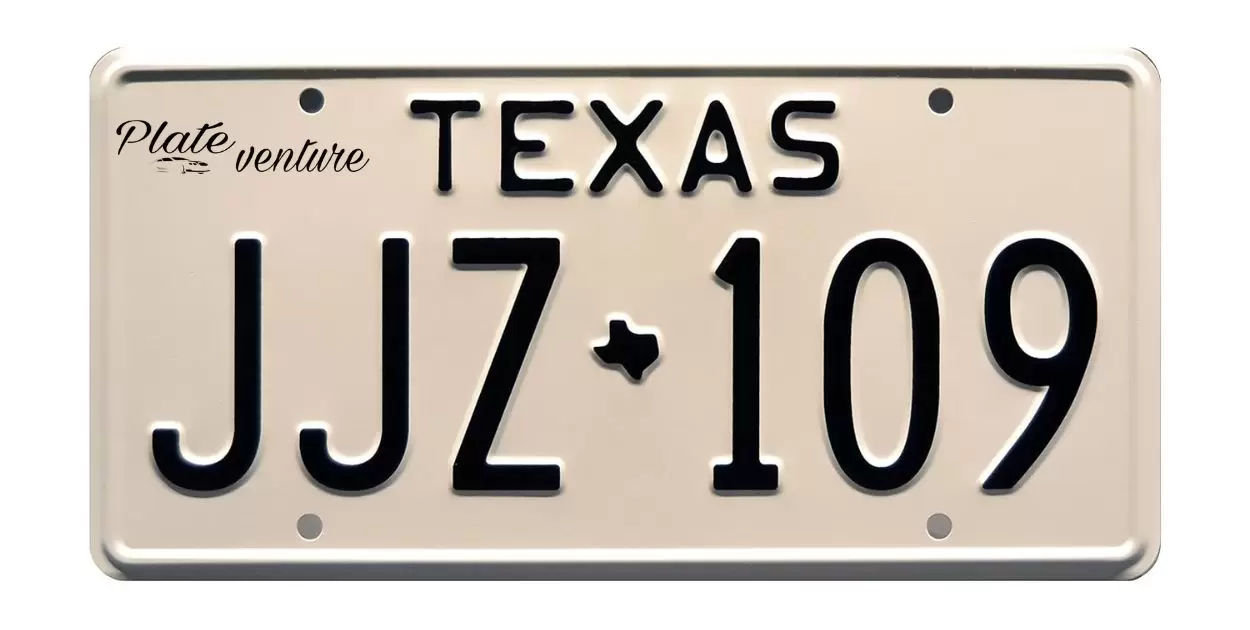License plates have standardized dimensions to enable rapid identification and interchangeable mounting. In the United States and Canada, plates measure 6 inches high by 12 inches wide. This sizing conformity dates back to 1956 when states, provinces, and car manufacturers agreed on the now familiar dimensions.
Us License Plate Dimensions play a crucial role for law enforcement and traffic cameras to quickly recognize vehicles. With only a couple unique exceptions, the consistent rectangular plates mounted on vehicles across North America all maintain these measurements.
The actual dimensions represent just one facet of the intricate legal specifications for license plates. Requirements also dictate the precise mounting location on vehicles, height from the ground, visibility, angle, and even the sheeting technology used for maximum legibility. So while we may take the familiar 6 by 12 inch plates for granted, their standardized sizing enables the quick identification critical for traffic safety and enforcement.
What are the standard dimensions for US license plates?
The standard dimensions for US license plates are 6 inches high by 12 inches wide. In 1956, US states and Canadian provinces came to an agreement to standardize the mounting holes on license plates to be spaced 7 inches across, though the exact plate dimensions can vary slightly by jurisdiction. Despite small variations, this standard size has been widely adopted across most states.
Some exceptions exist where states issue smaller motorcycle plates and European-sized plates. Additionally, new digital license plates are being piloted in some states, which maintain the standard length but are slightly shorter in height. However, the vast majority of common license plates on passenger vehicles conform to dimensions of about 6 by 12 inches.
How long and wide are US license plates typically?
As mentioned, standard US license plates are typically about 12 inches wide and 6 inches high. These measurements may vary by fractions of an inch in some states, but the standard plate is designed to fit within a 12 inch by 6 inch envelope.
Both the length and width dimensions are important for visibility and legibility. Having adequate width allows license numbers and state names to be printed in large enough text to be easily read. The 6 inch height also ensures the plates are a sufficiently large target for capture by license plate reader technology.
Taking Pictures Of License Plates Illega is generally permissible, as license plates are considered public information when displayed on vehicles driving on public roads. However, there may be some limitations, so checking state laws is advised if wanting to photograph license plates.
What determines the size standards for license plates in the US?
The size standards for US license plates were established through a collaborative agreement in 1956 between US states, Canadian provinces, and the automobile industry. The standard was based on optimizing visibility, ensuring sufficient space for jurisdiction names, plate numbers, and other identifying information while providing a uniform mounting system for plates on vehicles.
While minor variations exist between states, the roughly 12 inch by 6 inch dimensions have now been widely adopted across most of the US and represent an equilibrium between legibility, functionality and cost. Mandating a standard size facilitates economies of scale in license plate production.
Do license plate dimensions vary by state in the US?
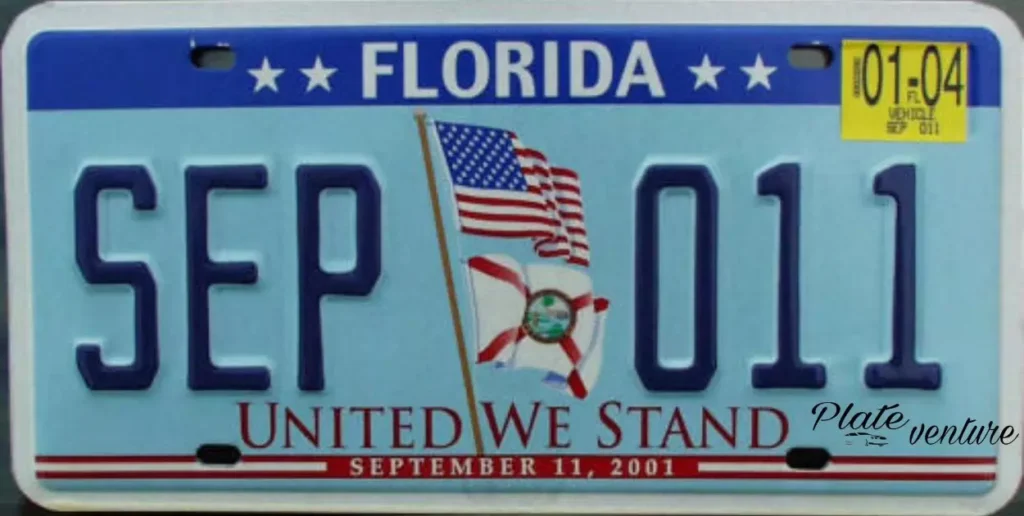
Yes, license plate dimensions do vary slightly by state, but are generally close to the 12 inches by 6 inch standard size. Some variation occurs because plate formats are determined independently at the state level, where some states opt for dimensions like 6 inches by 111⁄2 inches.
Plates may be slightly shorter in height in states experimenting with digital license plates. Additionally, motorcycle plates are smaller than standard plates, with dimensions closer to 4 inches by 7 inches being common. But while minor variations occur across states, the standard dimensions are widely implemented.
How have US license plate dimensions changed over time?
License plates originally had no standardized dimensions, with wide variations in size and shape historically. It wasn’t until 1956 that the now common 12 inch by 6 inch dimensions were formally agreed upon.
Adoption of this standard occurred gradually over subsequent decades, as states migrated their existing license plate stocks to plates more closely matching the recommended dimensions.
Digital plates today represent the most significant shift, by subtly reducing height, but the basic width and length standards set in 1956 continue to dominate. This consistency over more than 60 years is a testament to the widespread adoption of the standards.
What materials are commonly used for US license plates?
The most common material used for US license plates is aluminum metal. Aluminum license plates are lightweight, corrosion-proof, and very durable for outdoor use124. Other materials like high-quality plastic are also sometimes used to make specialty license plates. These plastic plates can feature diverse patterns and surface treatments while still being weather resistant.
What metals or plastics are used to make license plates?
As mentioned, aluminum metal and high-quality plastic are the main materials used. The aluminum provides durability with a glossy stamped finish. Various plastic materials enable different patterns and electroplated or printed graphics. Specific details on thickness or plastic types were not given. The key aspects seem to be using corrosion-proof, rust-resistant metals or weatherproof plastics.
How thick are most license plates produced in the US?
Unfortunately the search results did not provide any details on the typical thickness of US license plates. As they are made from sheet aluminum and rigid plastic, they likely range from 1-3 mm thick. But an exact standard plate thickness was not specified.
What printing methods and materials are used on US plates?
The most common methods for printing US license plates are:
- Offset printing: Uses metal plates and oil-based inks to transfer images onto plates. Durable and cost-effective.
- Digital printing: Uses variable data printing without plates. Growing in popularity for customization.
- Screen printing: Uses stencils and ink to print images directly onto plates. Provides bright reflective lettering.
The most common materials used for US plates are:
| Material | Description |
| Aluminum | Durable, corrosion resistant metal commonly used as the plate substrate. |
| Plastic | Polycarbonate plastics provide a lightweight and shatterproof alternative. |
| Reflective sheeting | Retroreflective coatings enhance night visibility and durability. |
The printing method and materials impact the durability and visibility critical for license plate legibility over years of use on vehicles. Offset printing on flat aluminum plates with reflective lettering remains the predominant manufacturing process. But digital printing enables greater customization and security features as materials and production methods continue to evolve.
How durable and weather-resistant are typical US license plates?
The sources consistently highlight the durability and weather resistance of both aluminum and plastic license plates. Terms like “waterproof”, “rust-resistant”, and “weather resistant”. The expectation seems to be years of outdoor use in all conditions without degradation. So modern US license plates are designed to be very durable and long-lasting.
How are US license plates securely mounted and displayed?
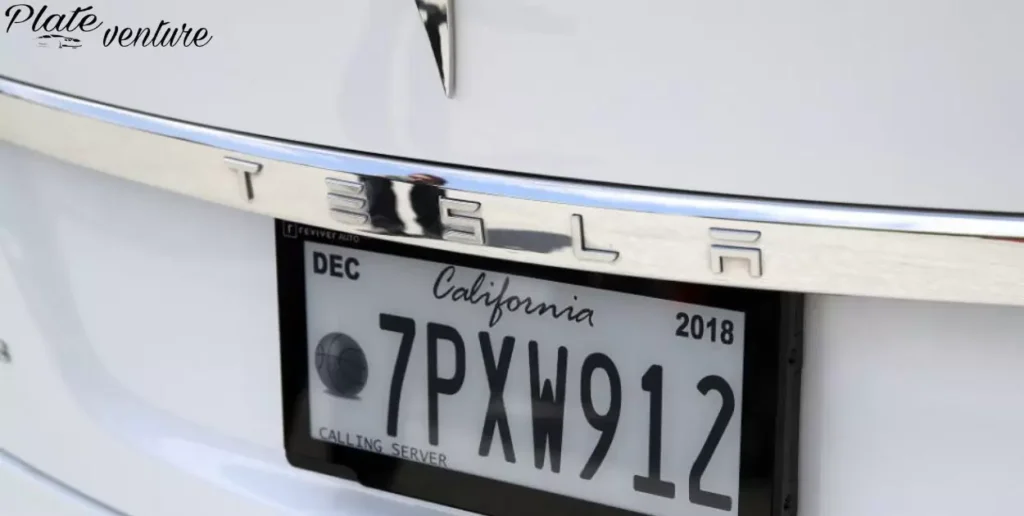
US license plates must be securely fastened and clearly visible according to each state’s vehicle code. They should be mounted right side up, no more than 60 inches off the ground, and uncovered unless protecting registration tabs. States that require two plates expect them on both the front and rear. Some states allow exceptions for certain vehicles to display a single plate.
What are the rules for properly mounting and displaying plates?
The main rules are that plates must be securely fastened, clearly visible, right side up, at an appropriate height, and have reflective coatings intact. They cannot swing or obstruct each other when mounted. Some states prohibit mounting plates in windshields. The goal is for plates to be readable by law enforcement and traffic cameras. Failing to follow proper mounting rules could result in fines or warnings.
How should license plate frames fit with standard dimensions?
License plate frames must not obstruct any words, numbers, or graphics on the plates. This means choosing frames that are not wider than the standard 6 inch height or 12 inch width of US plates. Frames also cannot cover registration stickers or tabs that need to be visible. Anything hanging or attached below frames should not swing or obstruct visibility.
What additional devices can secure license plates as required?
Tow eye mounts, quick release mounts, and motorized mounts are some devices that can securely hold plates while also allowing convenient detachment. Sturdy metal brackets specifically made for license plates can firmly bolt them to bumpers when the vehicle lacks a built-in mount. High strength adhesives may temporarily hold novelty or vanity plates.
How can improperly mounted plates be detected and addressed?
Law enforcement and traffic cameras can identify improper mounting during routine stops or reviews of footage. Officers then issue warnings or fines depending on the severity and laws of that state. For states requiring two plates, a missing front or rear plate is easily noticed. Education and awareness of proper mounting rules helps avoid problems.
How do US license plate sizes compare internationally?
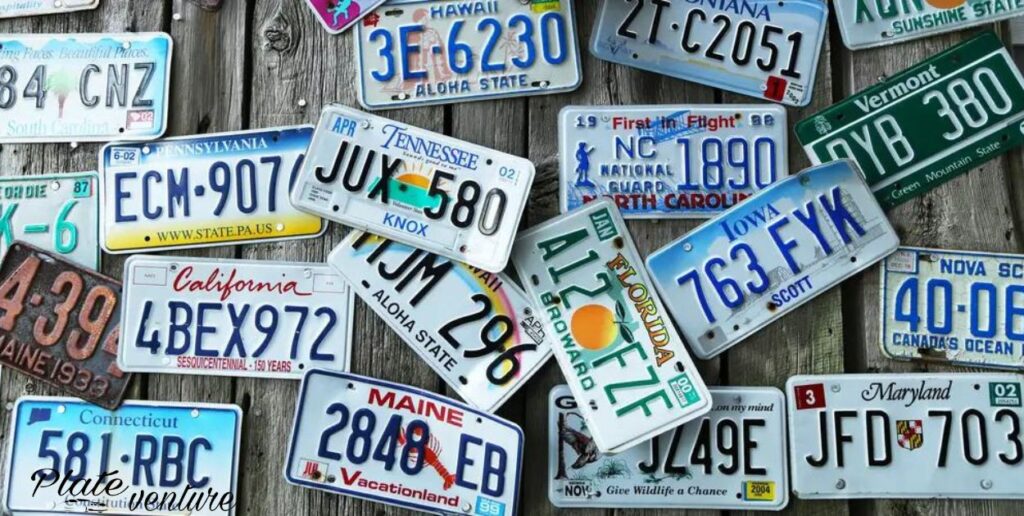
The standard US license plate size is 6 by 12 inches, as agreed upon in 1956 between the US, Canada, and the automobile industry. This makes US plates taller than European plates, but shorter than plates used in the Western Hemisphere. Some US states and territories issue smaller motorcycle plates around 4 by 7 inches or European sized plates for an extra fee. So the US uses dimensions that fall in the middle range globally.
US license plates tend to be simpler in design compared to the colorful and intricate plates used in many South American and European countries4. They display basic text and numbers in a no-frills fashion. So while European and South American plates may be more visually appealing, US plates aim for functional simplicity and standardization across states.
Do European and Asian license plates follow similar dimension standards?
European license plates tend to follow certain dimension standards like 520 mm by 110 mm or 520 mm by 120 mm, which equates to around 20.5 by 4.3 inches1. Many Asian countries have adopted European size standards as well, such as South Korea and Taiwan, while other Asian countries like Vietnam use slightly different dimensions.
There is still variation in Asia, where plates range from the 275 mm by 200 mm dimensions in parts of Europe and Russia to the larger 480 mm by 140 mm plates for New Energy vehicles in Vietnam. Countries in the Middle East have adopted taller plate sizes around 330 mm by 140 mm as seen in Andorra and Syria1. So while some Asian plates align with European standards, there remains diversity in size across the continent.
What causes variations in license plate sizes around the world?
- Historical precedents – Many countries established their license plate sizes long before standardization efforts, leading to a diversity of dimensions.
- Vehicle size differences – Plates on cars, motorcycles, and trucks often vary in size to fit the vehicle dimensions. Small EU plates suit compact cars while larger US plates accommodate bigger vehicles.
- Regional standardization – Some regions like Europe have standardized on a common license plate size, while plate dimensions remain inconsistent across countries elsewhere.
- Anti-counterfeiting – Some jurisdictions use smaller or oddly shaped plates to make unauthorized reproduction more difficult. These non-standard dimensions hinder forgers.
- Mounting considerations – The size, location and angle of plates on vehicles can impact visibility and legibility. Variations in mounting requirements lead to deviations in plate proportions.
So while some world regions have common plate sizes within their domains, significant diversity persists globally stemming from an array of historical, practical and security factors over more than a century of vehicle identification practices among countries.
How have global standards attempted to align license plate sizes?
International standard setting groups have tried aligning license plate dimensions across regions, with mixed success. In 1956, the US and Canada aligned with vehicle manufacturers on the 6 by 12 inch size, which was adopted widely across the Western Hemisphere.
In Europe, the UN Economic Commission for Europe set standards around the 520 mm by 120 mm size in the late 20th century, which many Asian countries then replicated. Adoption of these standards is voluntary and variations still remain globally.
Groups like the EU have attempted harmonizing design standards across member states’ plates, though national differences still persist in materials, colors, flags and coats of arms. So efforts have been made toward global alignment, but national and regional preferences continue generating diversity.
What future changes may impact global license plate dimensions?
Looking ahead, license plates may continue getting even taller and wider to accommodate new security technologies like RFID chips, holograms, and embedded electronics. The move toward electric vehicles could also prompt larger plates to display information about battery charge, efficiency ratings, and special registrations.
Digitization may render physical plates obsolete someday, but they will likely grow more advanced and feature-packed in the meantime. Countries may balance these innovations with the convenience of standardized sizes for manufacturing, cameras, and ticket-writing technologies that rely on plates within expected dimensions.
So while future plates could pack more technology and visual elements, global standardization pressures may restrain sizes.
How can license plates maintain readability over time?
To maintain readability, license plates need to be made of durable materials that resist fading and damage. Embossing or etching plates creates raised letters and numbers that remain visible even as reflective coatings degrade.
Periodic plate replacement also helps preserve legibility, with typical plate lifespans of 5-10 years before renewal is required. Proper mounting, cleaning and storage helps prevent obscuring of plates by grime or damage from road debris.
How do plate materials and dimensions affect legibility?
Plate materials like aluminum and polycarbonate plastic resist corrosion and retain embossed detail well over years of use. Standard North American sizing of 6 x 12 inches provides ample space for larger lettering, with more characters allowed on European-style plates.
Smaller motorcycle plates compromise readability somewhat for compactness. Reflective coatings enhance night visibility tremendously when fresh but fade over time. Color contrasts between plate backgrounds and lettering also impact legibility.
What causes license plates to degrade in readability?
Sun exposure, road debris and inclement weather all conspire to degrade plates over years of use. UV radiation from sunlight fades reflective coatings and can eventually cause plastics to become brittle.
Road debris like gravel, salt and dirt obscures reflective surfaces and embossed characters, requiring regular cleaning. In cold climates, road salt and grime promote corrosion and rust. Extreme heat also accelerates fading and plastics degradation over time.
What measures help preserve plates for accurate identification?
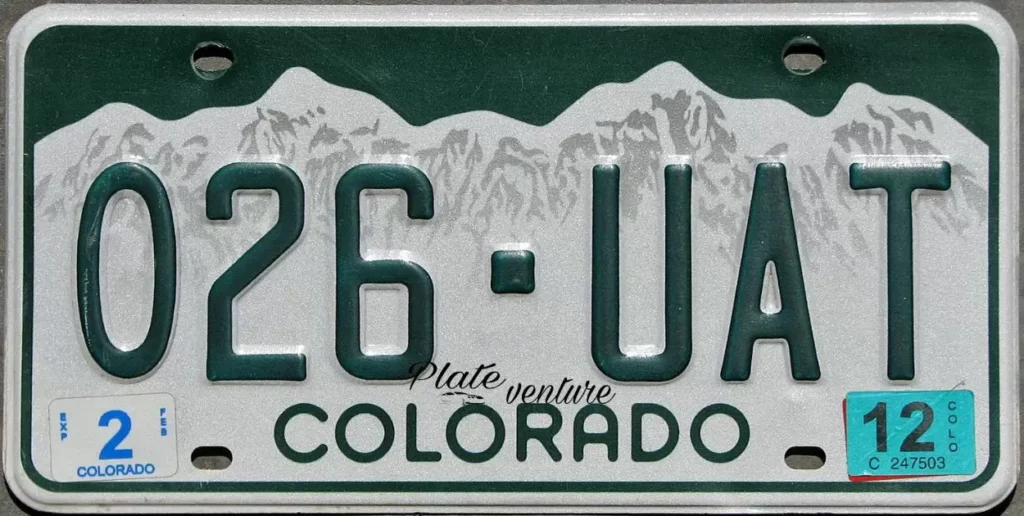
Using durable aluminum alloys or polycarbonate plastics resists corrosion and UV damage. Embossing and deeper etching create raised characters that maintain tactile readability even if coatings fade. Larger plates allow bigger fonts. Clear protective covers shield plates from debris while allowing visibility.
Frequent cleaning removes accumulated grime and salt residue. Periodic plate replacement as required by law also maintains legibility, typically every 5-10 years. Proper mounting away from road debris impact also helps plates endure.
Frequently Asked Question
What are the standard dimensions for US license plates?
The typical dimensions are 6 inches high by 12 inches wide.
Do all US states use these same license plate dimensions?
Yes, there is consistency across states, with few exceptions.
Why are motorcycle license plates smaller than car plates?
Motorcycle plates are typically 4 by 7 inches to accommodate the smaller vehicles.
What year did the standard 6 by 12 inch dimensions take effect?
In 1956 an agreement standardized the now familiar 6 by 12 inch sizing.
Who established the standardized North American license plate dimensions?
A 1956 agreement between US states, Canadian provinces and car manufacturers set the specifications.
Conclusion
The standard Us License Plate Dimensions established back in 1956 continue to enable rapid vehicle identification and interchangeable mounting across North America. The consistent sizing of 6 inches high by 12 inches wide facilitates recognition by law enforcement and traffic cameras. While materials and manufacturing methods evolve, these measurements endure as a crucial facet underlying license plate visibility and functionality.
Occasional deviations for special plates or motorcycle use represent rare exceptions. Global diversity in plate sizes highlights the notable standardisation achieved decades ago here. So whether glancing at a license plate in the rear-view mirror or captured by an automated reader, the longstanding rectangular dimensions remain fundamental to the utility of this ubiquitous vehicle identification fixture.
